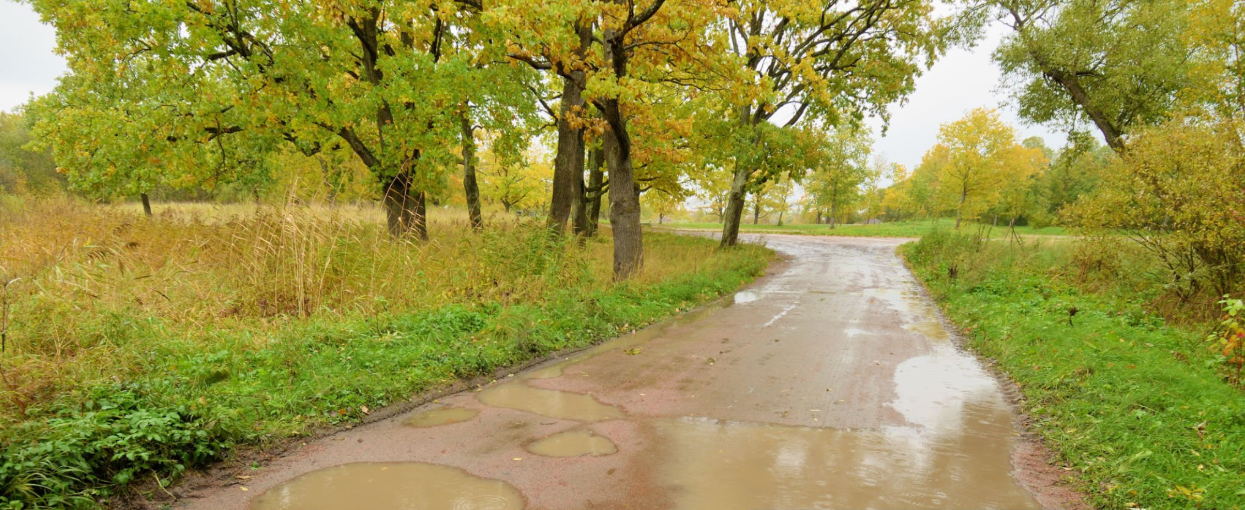How Does Weather Impact Road Accessibility in Tanzania’s National Parks?
Weather Affects Park Roads, Tanzania is home to some of Africa’s most iconic national parks, including the Serengeti, Ngorongoro Crater, Tarangire, and Selous Game Reserve. These parks attract thousands of tourists annually, offering breathtaking wildlife experiences and stunning landscapes. However, road accessibility within these parks is heavily influenced by weather conditions. Tanzania’s tropical climate, characterized by distinct wet and dry seasons, plays a crucial role in determining the ease of travel, safety, and overall visitor experience. This article explores how different weather conditions impact road accessibility in Tanzania’s national parks, examining challenges such as flooding, mudslides, dust, and seasonal road closures.
1. Tanzania’s Climate and Its Influence on Weather Affects Park Roads
Tanzania experiences two primary seasons:
-
The Dry Season (June – October): Marked by little to no rainfall, cooler temperatures, and dusty conditions.
-
The Wet Season (November – May): Divided into the “short rains” (November – December) and the “long rains” (March – May), this period brings heavy downpours, thunderstorms, and increased humidity.
These seasonal variations significantly affect road conditions in national parks, influencing accessibility for tourists, park rangers, and supply vehicles.
2. Impact of the Wet Season on Road Accessibility
A. Flooding and Washed-Out Roads
During the long rains, heavy precipitation leads to overflowing rivers and flash floods, particularly in low-lying parks like Selous, Ruaha, and Tarangire. Dirt roads, which make up the majority of park routes, become waterlogged, making them impassable. Key issues include:
-
Erosion and Gully Formation: Constant rainfall washes away topsoil, creating deep gullies that damage roads.
-
Bridge Collapses: Many parks rely on makeshift wooden or narrow concrete bridges that can collapse under the force of floodwaters.
-
Road Closures: Park authorities often close certain routes to prevent vehicles from getting stuck, disrupting safari itineraries.

B. Muddy and Slippery Conditions
Unpaved roads turn into thick mud during the wet season, posing several problems:
-
Vehicle Stuck Incidents: 4×4 safari vehicles, despite being rugged, frequently get bogged down in deep mud, requiring towing or long delays.
-
Increased Travel Time: Navigating slippery roads forces drivers to move slowly, reducing the time tourists spend on game drives.
-
Higher Maintenance Costs: Park management must frequently regrade roads and fill potholes, straining budgets.
C. Limited Access to Remote Areas
Some parks, such as Katavi and Mahale Mountains, have remote sectors that become completely inaccessible during heavy rains. This affects:
-
Anti-Poaching Patrols: Rangers struggle to reach distant areas, increasing the risk of illegal activities.
-
Tourist Camps: Seasonal lodges in flood-prone zones shut down, reducing accommodation options.
3. Challenges During the Dry Season
While the dry season is generally better for road travel, it presents its own difficulties.
A. Dust and Poor Visibility
-
Dust Clouds: Gravel roads produce thick dust clouds, impairing visibility for drivers and photographers.
-
Respiratory Issues: Prolonged exposure to dust affects both tourists and guides, especially in open-roof vehicles.
B. Corrugated and Bumpy Roads
-
Washboard Effect: Frequent vehicle traffic creates rippled surfaces, leading to uncomfortable rides and potential vehicle damage.
-
Increased Wear and Tear: Suspension systems and tires degrade faster, raising maintenance costs for tour operators.
C. Water Scarcity and Road Deterioration
-
Dry River Crossings: Some parks rely on seasonal rivers, which dry up, leaving sandy patches that can trap vehicles.
-
Cracked Earth: Prolonged drought causes soil to crack, destabilizing road foundations.
4. Regional Variations in Weather Affects Park Roads
Different parks face unique weather-related challenges based on their geography:
A. Northern Circuit (Serengeti, Ngorongoro, Tarangire)
-
Serengeti: During the wet season, the southern and western plains become waterlogged, affecting the Great Migration routes.
-
Ngorongoro Highlands: Steep roads leading into the crater are prone to landslides.
-
Tarangire: Seasonal rivers swell, cutting off access to certain game-viewing areas.
B. Southern Circuit (Selous, Ruaha, Mikumi)
-
Selous and Ruaha: These parks have extensive river systems (Rufiji, Great Ruaha) that flood extensively, isolating large sections.
-
Mikumi: The Mkata floodplain becomes impassable during heavy rains.
C. Western Parks (Katavi, Mahale)
-
Katavi: Remote and less developed, its roads turn into mud baths, making travel nearly impossible.
-
Mahale Mountains: Mountainous terrain becomes slippery, and lake access may be restricted due to storms.
5. Mitigation Strategies by Park Authorities
To combat weather-related road challenges, Tanzania National Parks Authority (TANAPA) and conservation bodies implement several measures:
-
Graveling Main Routes: Some critical roads are upgraded with gravel to improve durability.
-
Seasonal Road Closures: Proactively shutting down high-risk zones to prevent accidents.
-
Improved Drainage Systems: Installing culverts and bridges to manage water flow.
-
Alternative Transport: Using boats or aircraft in severely affected areas (e.g., Selous, Mahale).
6. Recommendations for Tourists and Operators
-
Travel Timing: Visit during the dry season for smoother road conditions.
-
Vehicle Preparedness: Ensure 4×4 vehicles have recovery gear (tow ropes, sand tracks).
-
Flexible Itineraries: Allow extra time for delays caused by weather.
-
Weather Updates: Monitor forecasts and consult park authorities before travel.
Weather plays a pivotal role in road accessibility across Tanzania’s national parks. While the dry season offers relatively stable conditions, the wet season brings significant disruptions due to flooding, mud, and erosion. Park authorities continuously work to mitigate these challenges, but travelers must remain adaptable. Understanding these weather impacts ensures safer, more enjoyable safari experiences while highlighting the need for sustainable infrastructure development in Tanzania’s treasured wilderness areas.










